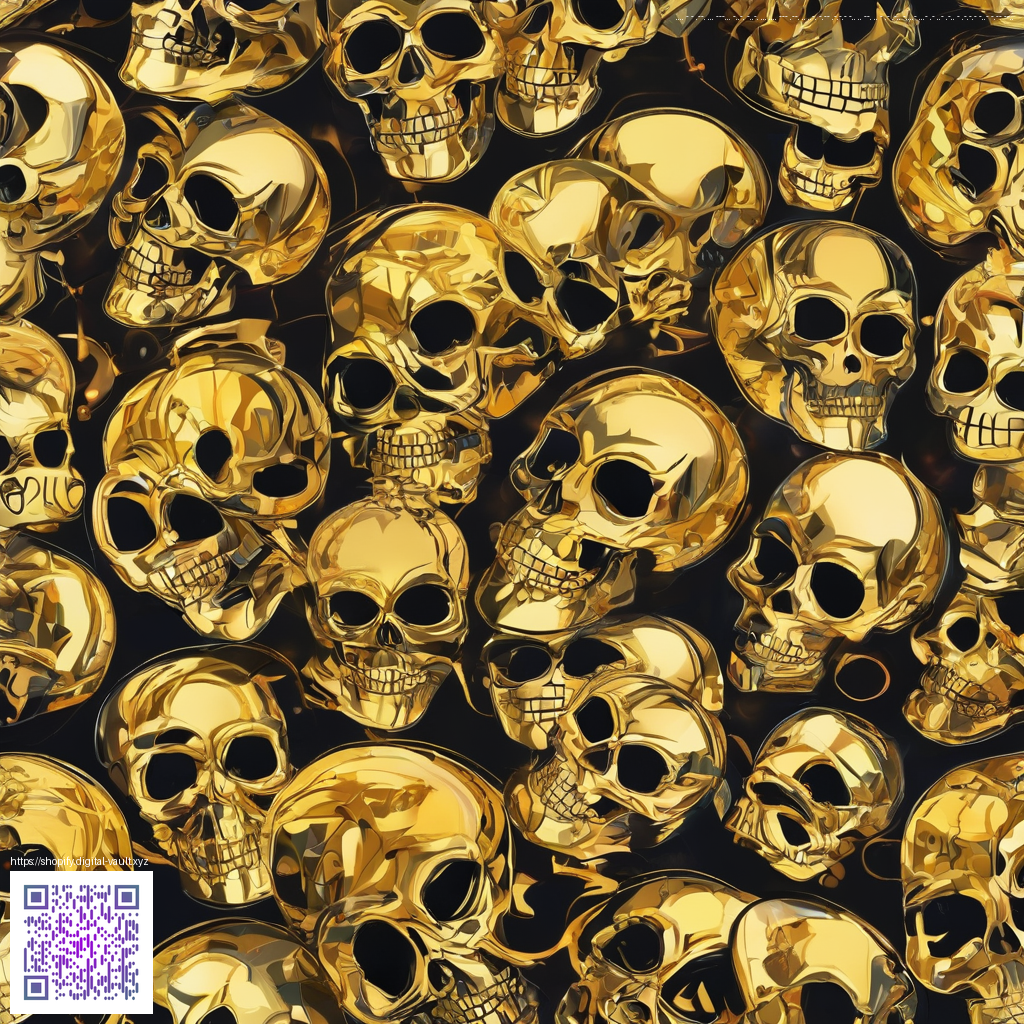
Understanding Color Palettes for Digital Paper
In the world of digital paper—ranging from wallpaper designs to printable planners—color palettes do more than decorate. They guide mood, readability, and user experience. A well-chosen palette helps text pop, images sing, and backgrounds stay harmonious across devices. As you design digital paper that scales from a phone screen to a tablet, the approach to color becomes a practical toolkit rather than guesswork.
Foundational Principles
- Harmony over hype: Select a base palette that feels cohesive. Start with 1–2 core hues and build around them with tints, shades, and neutrals.
- Contrast for clarity: Ensure enough contrast between text and background to support readability, especially for small devices.
- Accessibility matters: Favor color combinations that are friendly to color-different users, and consider patterns or textures to supplement color cues.
- Brand alignment: If your digital paper ties to a brand or project, mirror its established palette to preserve recognition.
“Color is the interface of emotion. When you pick palettes with intention, your digital paper communicates faster than words.”
To translate these ideas into a workflow, start with a base color that expresses the mood you want—calm pastels for journaling, bold primaries for note-taking, or moody desaturated tones for editorial layouts. Then layer neutrals to create breathing room and ensure legibility across screens. A limited palette often yields the most cohesive results, but don’t fear micro-variations to add depth to textures and layers.
Practical Steps to Build Your Palette
- Define the mood and audience. Are you designing for focus, playfulness, or elegance?
- Choose a primary hue and its companions. A triadic or analogous scheme often works well for digital paper.
- Test contrast across devices. What looks good on a phone can vanish on a laptop without enough contrast.
- Introduce neutrals for balance. Off-whites, cool grays, and subtle browns can ground vibrant accents.
- Incorporate texture and depth. Use overlays, gradients, or photographic textures to add interest without overpowering content.
When exploring color options, you might consider practical examples from real-world layouts. For inspiration, you can browse the gallery that demonstrates applying palettes to dense visuals: https://garnet-images.zero-static.xyz/aa23c534.html.
For a tangible accessory that supports on-the-go design sessions, consider the Phone Click-On Grip Back Holder Kickstand. While color theory guides your virtual pages, an ergonomic grip and stand can keep your device ready for quick color tests during a checkout, a client call, or a quick design sprint.
As you assemble your final palette, keep a few guardrails in place: test in grayscale to verify contrast, simulate various screen sizes, and ensure that the palette remains legible when color is the only cue available. Digital paper thrives on repeatable, predictable color behavior—consistency that makes your work feel intentional and professional.
Bringing It All Together
Ultimately, color palettes for digital paper are less about chasing novelty and more about delivering a calm, readable, and expressive experience. The right combination makes your content jump off the page without shouting. Remember to document your chosen palette—including hex codes or swatches—so future edits remain consistent and efficient. Your readers will appreciate the clarity, and your future self will thank you for the structured approach.